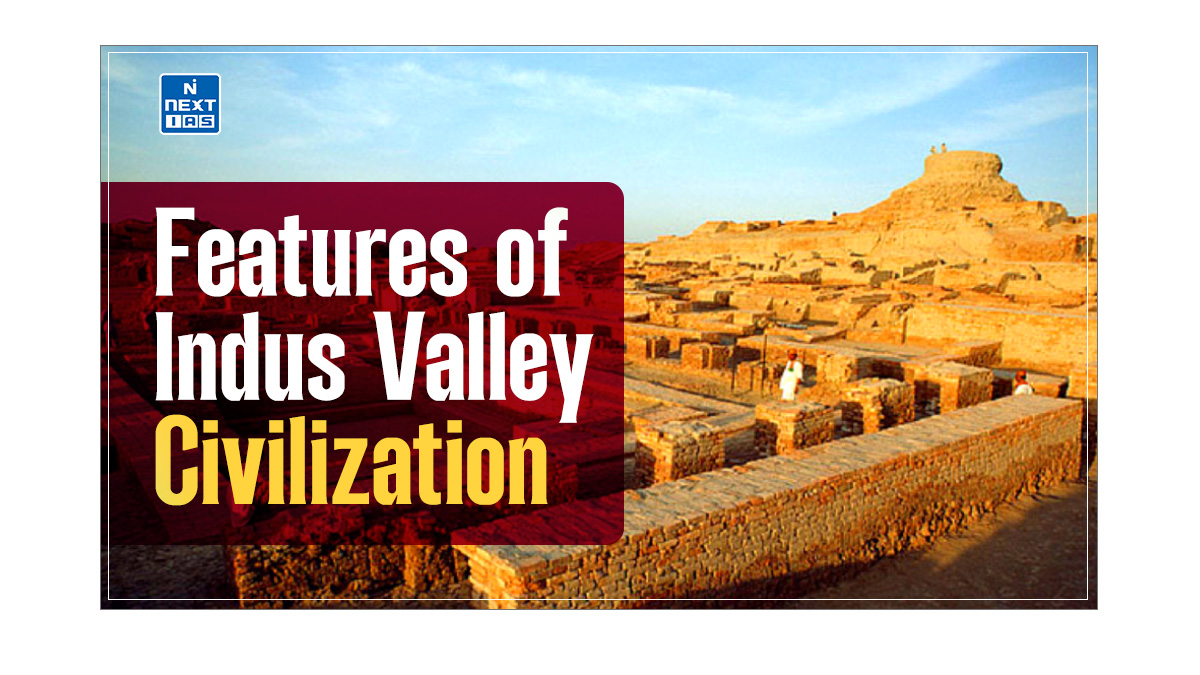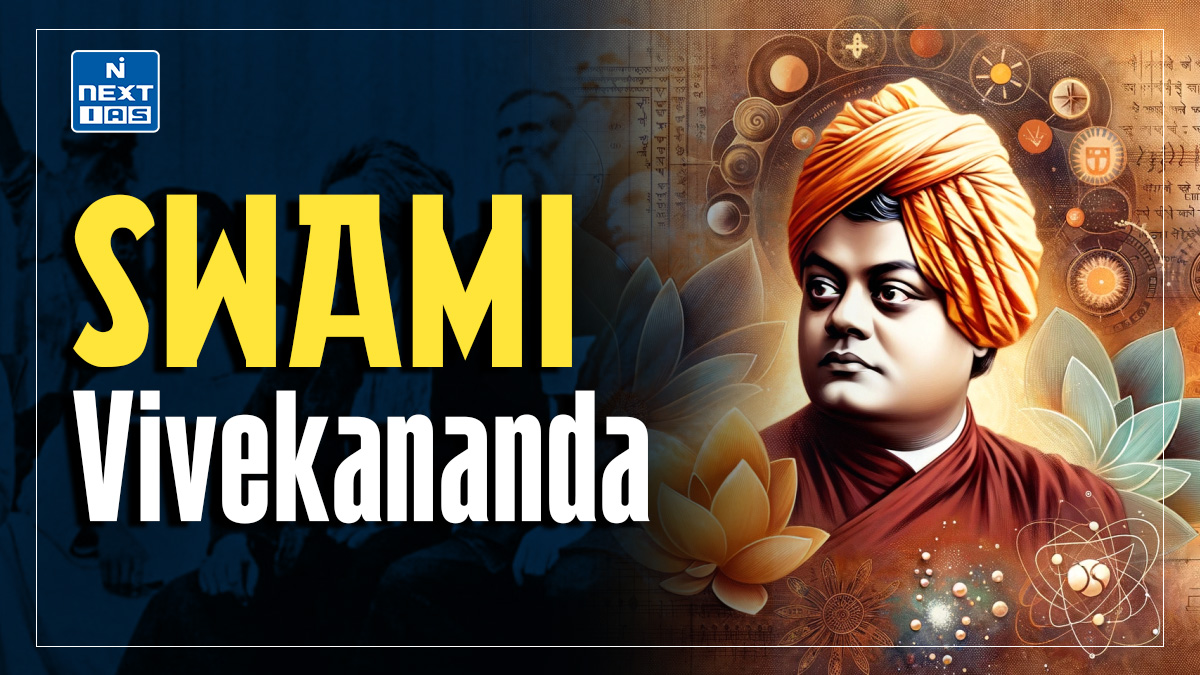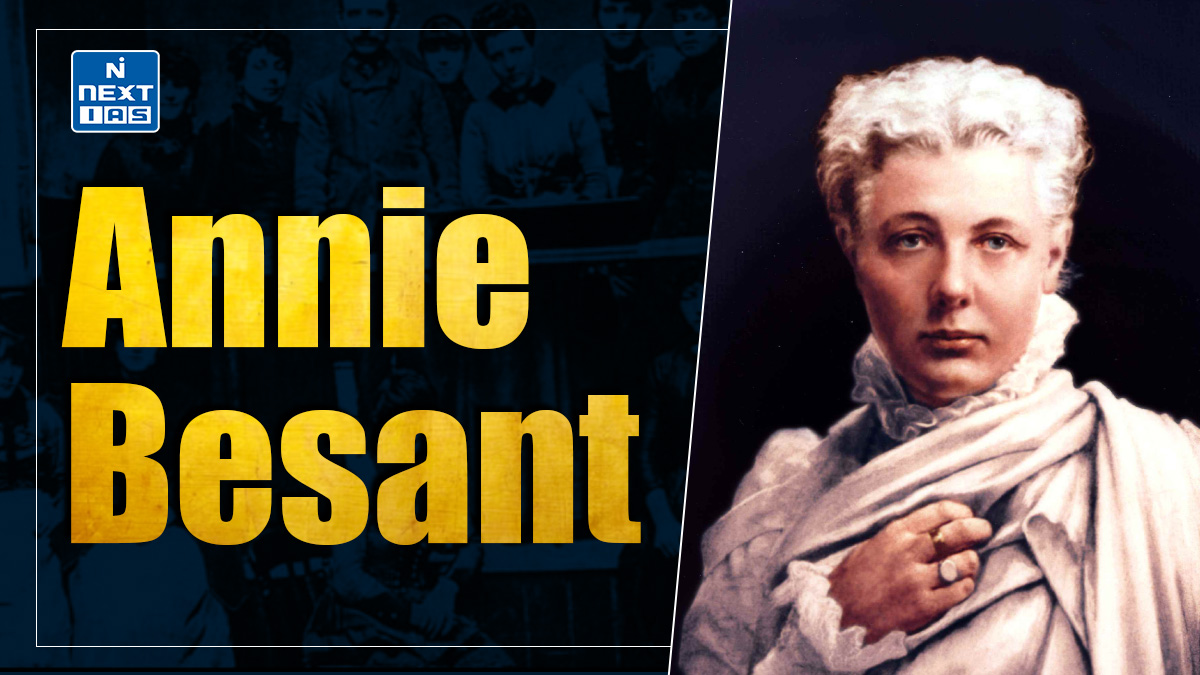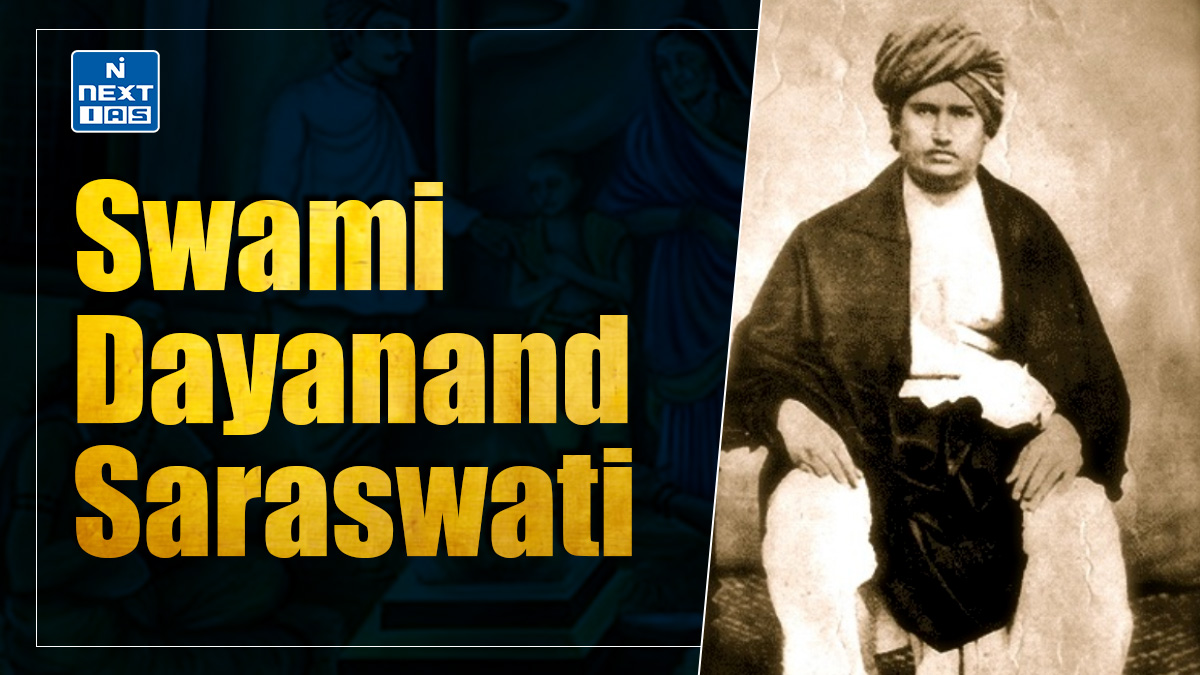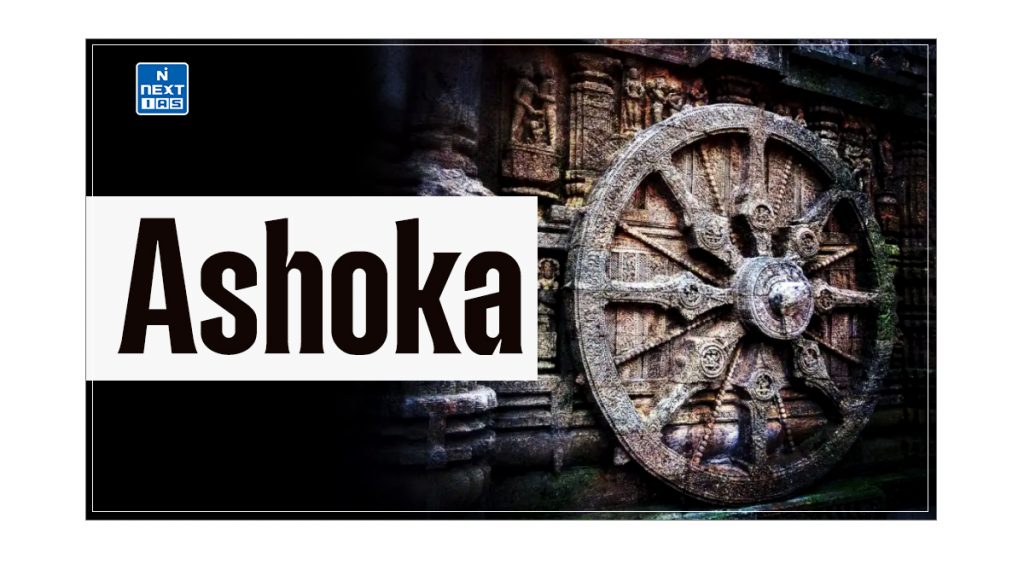
Ashoka, also known as Ashoka the Great, was the third emperor of the Mauryan Empire who ruled from 268 to 232 BCE. He is renowned for his remarkable transformation from a ruthless conqueror to a champion of Buddhism, significantly influencing India’s cultural and religious landscape and beyond. This article aims to study in detail Ashoka’s rise to power, his conversion to Buddhism, the impact of the Kalinga War, his Dhamma and edicts, and his enduring legacy in history.
Who is Ashoka?
- Ashoka, also known as Ashoka the Great, was the third emperor of the Mauryan Empire, ruling from 268 to 232 BCE.
- Ashoka is renowned for his profound transformation from a fierce warrior to a devout Buddhist.
- After witnessing the immense suffering caused by his conquests, particularly the Kalinga War, Ashoka the Great embraced Buddhism and dedicated himself to spreading its teachings across Asia.
- Ashoka promoted social welfare and issued edicts carved on pillars and rocks that outlined his policies and moral values.
- Ashoka’s support for Buddhism and efforts to spread its message were crucial in shaping India’s cultural and religious landscape and beyond.

Rise of Ashoka
- The Rise of Ashoka is a compelling narrative of transformation and power within the Mauryan Empire.
- Ascending to the throne in 268 BCE after his father’s death, Bindusara, Ashoka initially displayed the qualities of a formidable military leader, consolidating and expanding the empire’s territories through aggressive campaigns.
- Ashoka’s most notable military achievement was the conquest of Kalinga, a war that profoundly impacted him due to the immense loss of life and suffering it caused.
- This pivotal moment led Ashoka to embrace Buddhism and seek a path of non-violence and moral governance.
- Ashoka’s conversion marked a significant shift in his policies, which focused on spreading Buddhist principles, promoting social welfare, and implementing ethical governance.
- Ashoka’s transformation from a conqueror to a benevolent ruler established him as one of the most revered figures in Indian history.
- His support for Buddhism and dissemination of his edicts across the Indian subcontinent left a lasting legacy.
Ashoka’s Kalinga War
- Ashoka fought several wars to expand his empire. In 261 BC, he fought the Kalinga War.
- This war proved to be a turning point in his life, and he became a Buddhist under Upagupta.

Impact of Kalinga War
- Kalinga controlled the routes to South India by land and sea, so it needed to become part of the Mauryan Empire.
- Hundreds of thousands of people were adversely affected by the destruction and fallout of war.
- When Ashoka personally witnessed the devastation, he began feeling remorse.
- Although the annexation of Kalinga was completed, Ashoka embraced the teachings of Buddhism and renounced war and violence.
- He adopted the policy of ruling by Dhamma or Dharma instead of force and violence.
- In other words, Bheri gosha was replaced with Dhamma ghosha. This is described in the thirteenth major rock edict.
- Ashoka made an ideological appeal to his countrymen, tribal people, and frontier kingdoms.
- People were asked to obey and trust the King as their father. The officers were instructed to propagate the king’s idea of dhamma among all his subjects.
- Ashoka no longer treated foreign lands as legitimate areas for military conquests.
- Ashoka tried to conquer them ideologically. He sent ambassadors of peace to West Asia and Greece and missionaries to propagate Buddhism in Sri Lanka and Central Asia.
- As an enlightened ruler, Ashoka tried to enlarge his area of political influence through propaganda.
- It would be wrong to think that the Kalinga War made Ashoka a pacifist. He did not pursue the peace policy for the sake of peace under all conditions.
- Ashoka retained the territories of Kalinga after its conquest and incorporated them into his empire. He did not disband the huge army maintained by Chandragupta Maurya.
- Ashoka appointed Rajukas, who had the authority to reward and punish people wherever required.
- The Kandhar inscription speaks about the success of his policy with the hunters and fishermen, who gave up killing animals and possibly adopted a settled agricultural life.
Ashoka’s Dhamma
- His Dhamma was an ethical code aimed at developing an attitude of social responsibility among the people. It was not synonymous with Buddhism but based on man’s dignity and humanistic approach.
- Ashoka appointed Dhamma-Mahamantras to propagate Dharma among various social groups, including women.
- Ashoka’s Dhamma was not narrow but meant to preserve the social order. The contents of the Ashoka’s Dhamma are found in his edicts, and the essence of
- The Dhamma can be understood as given below:
- Prohibiting animal sacrifices and festive gatherings and avoiding expensive and meaningless ceremonies and rituals.
- Efficient organization of administration in the direction of social welfare.
- Consideration and non-violence to animals, courtesy to relations, and liberty to Brahmins, sramanas, etc.
- Humane treatment of servants by masters and of the prisoners by government officials.
- Obey parents and pay respect to Brahmans and Buddhist monks.
- Tolerance among all the sects.
- Replacement of Bheri ghosa (sound of war drums) by Dhamma ghosa (sound of peace), i.e. conquest through Dhamma instead of through war.
- He disapproved of rituals, especially those observed by women.
- Ashoka taught people to live and let live. His teachings were meant to strengthen the institution of family and the existing social classes.
- He held that if people behaved well, they would attain heaven, not Nirvana, as the Buddhists believed.
- This stresses that Ashoka was careful to distinguish between his support for Buddhism and his duty as emperor to remain unattached and unbiased in favour of any religion.
Ashoka’s Rock Edicts
The Ashoka edicts can be classified into three categories:
Major Rock Edicts
- The Major Rock Edicts were 14 in number and were found in eight places:
- Mansehra,
- Shahbazgarhi,
- Kalsi,
- Dhouli,
- Jaugada,
- Sopara,
- Girnar, and
- Yerraguddi.
Minor Rock Edicts
- The Minor Rock Edicts were found at places like Maski, Gurjara, etc.
- Ashoka appears only in copies of Minor Rock Edicts, while all other inscriptions mention him as Devanampiya, dear to the gods.
Pillar Edicts
- The Pillar Edicts were seven in number in six places:
- Delhi-Topra,
- Delhi-Meerut,
- Lauriya-Areraj,
- Lauriya-Nandangarh,
- Prayag, and
- Rampurva.
| 14th Major Rock Edicts of Ashoka | |
| Edict 1 | Prohibits animal slaughter. Ban festive gatherings and the killing of animals. Only two peacocks and one deer were killed in Ashoka’s kitchen. He wished to discontinue this practice also. |
| Edict 2 | Providing care for man and animals describes Chola, Pandaya, kingdoms of south India. |
| Edict 3 | Generosity to Brahmans. |
| Edict 4 | Dhammaghosa over bherighosa. |
| Edict 5 | Concerns over policy towards slaves. |
| Edict 6 | Welfare measures |
| Edict 7 | Requests tolerance for all religions |
| Edict 8 | Describes Ashoka’s first Dhammayatra to Bodh Gaya and Bodhi tree |
| Edict 9 | Condemns popular ceremonies. Stress on ceremonies of dhamma. |
| Edict 10 | Condemns the desire for fame and glory. It stresses the popularity of Dhamma. |
| Edict 11 | Elaborates dhamma. |
| Edict 12 | Directed and determined requests for tolerance among different religious sects. |
| Edict 13 | Ashoka’s victory over Kalinga |
| Edict 14 | Describes engraving of inscriptions in different parts of the country. |

| Separate Edicts (Sites in Kalinga) | |
| Edict I | Ashoka declared all people are my sons. |
| Edict II | Proclamation of edicts even to a single person. |
| Other Edicts | |
| Queen Edict | Mentions about the second queen of Ashoka. |
| Barbara cave Inscription | Discusses giving away the Barbara cave to the Ajivika sect. |
| Kandahar Bilingual Rock Inscription | Expresses satisfaction over Ashoka’s policy. |
| Pillar Edicts | |
| Edict 1 | Protection of people. |
| Edict 2 | Defines dharma as the minimum of sins, many virtues, compassion, liberty, etc. |
| Edict 3 | Abolishes sins of harshness, cruelty, anger, and pride. |
| Edict 4 | Deals with duties of Rajukas. |
| Edict 5 | List of animals that should not be killed. |
| Edict 6 | Dhamma’s policy. |
| Edict 7 | Work done by Ashoka for Dhamma policy. He says that all sects desire both self-control and purity of mind. |
| Other Pillars | |
| Rummindei Pillar Inscription | Ashoka’s visit to Lumbini & exemption of Lumbini from tax. |
| Nigalisagar Pillar Inscription (located initially at Kapilvastu) | It mentions that Ashoka increased the height of the stupa of Buddha Konakamana to double size. |
Ashoka’s Pillar Stones
- The sources of pillar stones used in Mauryan architecture reveal various materials and their origins.
- Ashoka’s pillar had the spotted and white sandstone, known for its durability and fine texture, was sourced from Mathura.
- In contrast, buff-coloured sandstone and quartzite were procured from Amravati, contributing to the distinctive appearance of Ashoka’s pillars.
- Additionally, some of Ashoka’s pillars were made from a combination of locally available stones and imported materials, reflecting the empire’s advanced knowledge in quarrying and stonework.
- The Ashoka’s pillar stones highlight the technical prowess of Mauryan builders and emphasise the extensive trade networks that supported their construction projects.
Ashoka’s Inscriptions
- Ashoka’s inscriptions, carved on rocks and pillars across the Indian subcontinent, are among the oldest deciphered writings in India.
- These inscriptions, written in languages like Prakrit, Greek, and Aramaic, reflect Ashoka’s commitment to spreading the principles of dhamma, which emphasised non-violence, moral conduct, and religious tolerance.
- They also highlight his efforts to improve the welfare of his subjects by promoting social harmony, ethical governance, and animal welfare.
- Ashoka’s inscriptions serve as a valuable historical source, offering insights into Ashoka’s reign and his transformative approach to leadership after the Kalinga War.
Language of Ashokan Inscriptions
- Ashoka is regarded as one of the greatest rulers of all time. He was the first to maintain direct contact with the public through his inscriptions.
- Ashoka was composed in Prakrit and was written in Brahmi script in the greater part of the subcontinent.
- But in its northwestern part, they appeared in Aramaic language and Kharoshthi script, and in Afghanistan, they were written in both Aramaic and Greek scripts and languages.
- The inscriptions shed light on Ashoka’s career, his external and domestic policies, and the extent of his empire.
Extent of Ashoka’s Empire
- The extent of Ashoka’s empire covered the entire territory from the Hindu Kush to Bengal, including Afghanistan, Baluchistan, and the whole of India, with the exception of a small area in the farthest south.
- Kashmir and the valleys of Nepal were also included in the extent of his empire. According to documented history, the great Mauryan king Ashoka (1st century BC) established the old city of Srinagar and named it Puranadhisthan (now Pandrethan).
- In his Sarnath inscription, Ashoka is called Buddhsakya in Maski and Dharmakosa.
- Ashoka was also known as Devampiya, i.e. beloved of the Gods, and as Piyadassi, i.e. of pleasing appearance.
Internal Policy and Buddhism

- Ashoka was converted to Buddhism as a result of the Kalinga War.
- According to tradition, he became a monk, gave huge gifts to the Buddhists, and undertook Dhamma Yatras (pilgrimages) to the Buddhist shrines.
- The third Buddhist council, which took place during his reign in 250 BC, was held in Pataliputra under Mogaliputta Tissa’s chairmanship.
- Gautama Buddha’s philosophical interpretation was compiled into the 3rd Pitaka, i.e. Abhidhamma Pitaka.
- Missionaries were sent to South India, Sri Lanka, Burma, and other countries.
- Ashoka set a very high ideal for himself: paternal kinship. He considered his subjects his children.
- Ashoka appointed Dhamma-Mahamatras to propagate Dharma among various social groups, including women. He disapproved of rituals, especially those observed by women.
- Ashoka forbade killing certain birds and animals and slaughtering animals. Ashoka never said anything about attaining Nirvana, which was the goal of Buddhist teachings.
- Ashoka’s teachings were to maintain the existing social order based on tolerance. He did not preach any sectarian faith.
Ashoka’s Place in History
- Ashoka has several achievements to his credit. He was a great missionary ruler in the history of the ancient world.
- In most of his inscriptions, he brought political unification of the country through one dharma, one language, and one script, Brahmi.
- Ashoka respected other scripts, such as Aramaic, Greek, and Kharoshthi, and he followed a tolerant religious policy.
- Ashoka did not impose his Buddhist faith on his subjects. He made gifts to non-Buddhist and anti-Buddhist sects.
- Ashoka is important in history for his peace policy, non-aggression, and cultural conquest. He reversed Kautilya’s advice to the king to always be intent on physical conquest and asked his successors to give up the policy of conquest and aggression.
- However, Ashoka’s policy did not make any lasting impression on his vassals, who declared themselves independent in their respective areas after the king’s retirement in 232 BC.
- His policy could not convert his neighbours who swooped on the north-western frontier of his empire within 30 years of Ashoka’s exit from power.
- James Prinsep became the first scholar to decipher Ashoka’s inscriptions, i.e., the Brahmi Script.
- The edicts in Brahmi Script mentioned a king, Devnampiya Piyadassi, who was initially assumed to be a Sri Lankan King.
- Finally, in 1915, the Maski inscription (Karnataka) finalised the name ‘Ashoka’.
- Pre-Ashokan Brahmi script was found at Anuradhapura, Sri Lanka.
- The Brahmi script was first deciphered by letters inscribed on stone tablets.
- Ashokan stone pillars are not part of architectural structures but are distinct sculptures.
- These are highly polished and monolithic, and the pillars’ shafts are tapering in shape.
- Ashoka is also mentioned in the Gujjara minor rock edict, which is located in Datia district, Madhya Pradesh.
- To mark Buddha’s birthplace, Ashoka erected the pillar of Rummendei along with some sacred stone structures.
- He condoned the religious tax of Lumbini as it was Buddha’s birthplace and reduced the land revenue rate from 1/6 to 1/8.
- The earliest known copper plate, Sohgaura, is a Mauryan record that mentions the earliest royal order to preserve food grains during the country’s famine.
- Arthashastra allowed divorce for a wife deserted by her husband, as divorce was prevalent in the Mauryan period. Similarly, Khusband had the right to leave his wife because she was barren or an adulteress.
- ‘Pankodakasannirodhe’ was the penalty in the Mauryan administration for throwing dirt or causing mud and water to collect on the roads.
- The 13th inscription of Ashoka provides information that he had cordial relations with five Yavana kings, namely:
- Antiochus II Theos: The ruler of Syria.
- Thurmaya (Ptolemy II Philadelphus): The ruler of Egypt.
- Antakini (Antigonus Gonatas): The ruler of Macedonia.
- Makmass or Megaras: The ruler of Cyrene.
- Aliero Sentro (Alexander Epirus): The ruler of Epirus.
Conclusion
In conclusion, Ashoka the Great stands out as a transformative figure in Indian and world history, whose reign marked a profound shift from militaristic expansion to a focus on moral and ethical governance. His embrace of Buddhism and the principles of Dhamma fundamentally reshaped his policies and approach to leadership, promoting peace, tolerance, and social welfare. Through his edicts, Ashoka communicated his vision for a just and humane society, leaving a legacy that influenced not only his contemporaries but also generations to come. His contributions to the spread of Buddhism and the emphasis on ethical rule continue to resonate, underscoring his role as a pivotal figure in both historical and cultural contexts.
Frequently Asked Questions (FAQs)
Who is Ashoka?
Ashoka was a Mauryan emperor who ruled from 268 to 232 BCE and is known for spreading Buddhism after his conversion following the Kalinga War.
What was Ashoka’s Dhamma?
Ashoka’s Dhamma was a set of moral and ethical principles promoting non-violence, compassion, tolerance, and respect for all living beings.
What was the impact of the Kalinga War on Ashoka?
The Kalinga War had a profound impact on Ashoka, leading him to renounce violence after witnessing massive death and suffering. After the war, he embraced Buddhism and adopted a policy of Dhamma, focusing on non-violence, compassion, and the welfare of his people.
What was the purpose of Ashoka’s dhamma?
Ashoka’s Dhamma promoted moral values, nonviolence, compassion, and tolerance among his subjects, aiming to create harmony and social welfare in the empire.
Who won the Kalinga War?
Ashoka, the Mauryan emperor, won the Kalinga War.
What are Ashoka’s edicts?
Ashoka’s edicts are a series of inscriptions carved on pillars, rocks, and cave walls across his empire.

